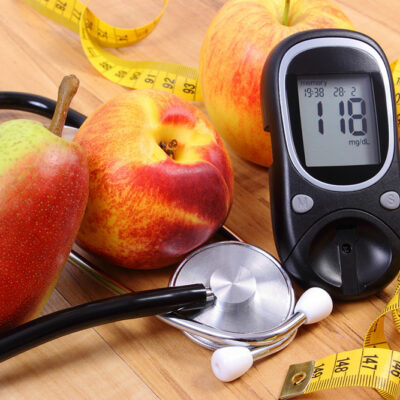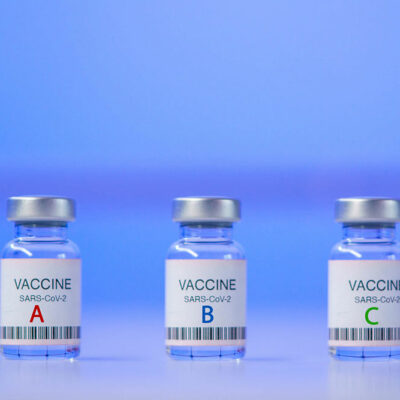
12 common signs and symptoms of pneumonia
Pneumonia is a severe respiratory infection with a wide range of symptoms, some of which can be quite subtle, particularly in the early stages. Most commonly caused by infection from pathogens like bacteria, viruses, fungi, or parasites, pneumonia can also be caused by chemical irritants, autoimmune disease, and environmental factors. Here are 12 of the most common signs and symptoms of pneumonia. However, these subtle signs can vary from person to person. Mild fever A low-grade fever, typically below 100.4°F, may be one of the first signs of pneumonia. It can be easy to dismiss as a minor illness. Fatigue Feeling unusually tired or run down, even with sufficient rest, may be an early sign of pneumonia. Dry cough A persistent, dry cough that doesn’t produce mucus initially is a common symptom of pneumonia. Shortness of breath Some patients may experience mild breathlessness or difficulty catching the breath, especially during physical activities. Chest discomfort Some individuals may experience mild chest discomfort or a vague feeling of tightness or pressure in the chest, which can be confused with other issues like muscle strain. Loss of appetite A decreased desire to eat or a sudden loss of appetite may indicate pneumonia. Slight chills Experiencing occasional mild chills or shivering, especially if it accompanies a low-grade fever, can be an early symptom of pneumonia.
Read Article 









